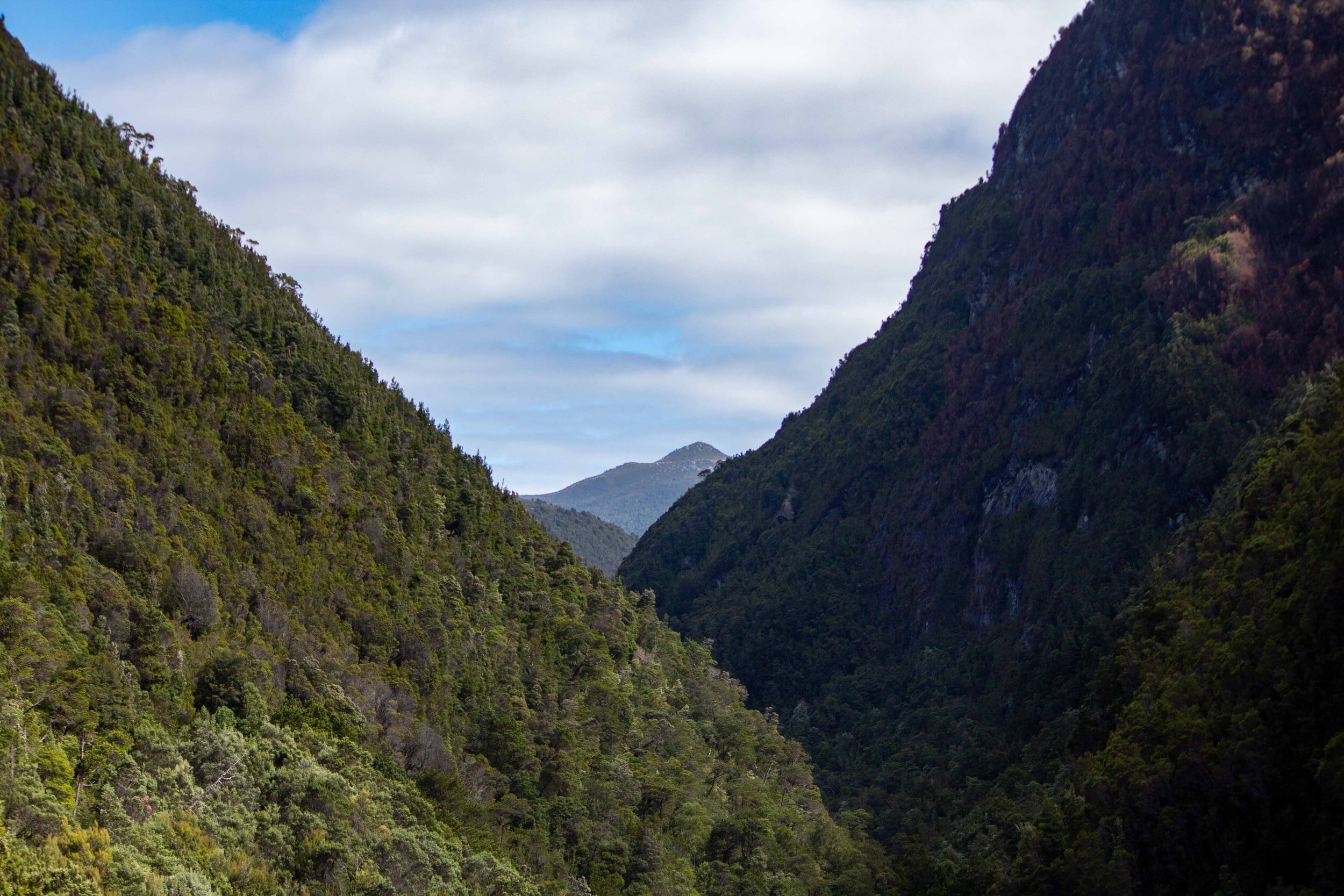Supporting better flow management
An appropriate and varied flow regime is of key importance to maintain a healthy river.
Flow regimes provides things like cues for fish spawning and flooding which allows the edges of rivers to be wetted and provides important trophic pulses which drive food webs and productivity. Flows are an essential part in providing connectivity and maintaining quality of instream habitats.
Our priority is that flows are managed to maximise river health of the upper Murrumbidgee River, especially for threatened native fish, other biota and ecological communities.
What is the issue with flows in the upper Murrumbidgee River?
Historically the upper Murrumbidgee River yielded high winter and spring flows due to large rainfall events in the upper catchment and snowmelt from August to October bringing floods. Summer flows are typically low, although high rainfall events in the mountain ranges of the upper catchment provide some daily flow variability.
Flows are really important because a wide range of environmental, ecological and cultural processes are flow-dependent. The natural flow regime is the one with which all life in the Murrumbidgee River has evolved over millions of years.
Since European settlement, water has been extracted from the upper Murrumbidgee River for both agricultural use and human consumption. The largest water infrastructure impacting on the upper Murrumbidgee is Tantangara Dam, where 95% of the headwaters of the river are diverted to Lake Eucumbene for use in the Snowy Hydro Scheme. This has changed the flow regime in the upper Murrumbidgee River, post dam construction, including:
· a severe reduction in seasonal base flows;
· reduction in the frequency of events across a range of event volumes;
· halving of the frequency of flow event greater than 10 000ML/day;
· halving of the number of high flow events, with the average duration decreasing by about two thirds; and
· a significant reduction in the frequency of longer duration flow events as a result of the reduced seasonal base flow so that much longer periods occur between such flow events.
This means there is less water available for the river to sustain its own health and upper Murrumbidgee catchment users at any one time. For example, at Billilingra (below the Numeralla River confluence) post dam construction flows in the Murrumbidgee are only 54% of the historic flows and 57% at Lobbs Hole (at the upstream end of the ACT).
Based on long-term climate outlooks, and under current trends (such as increased population growth), it is likely that these reduced flow levels and flow variability will continue to be exacerbated. The extreme dry of 2019 was an example of how this can affect the river and our region’s communities with low flows resulting in an algae bloom occurring and the river running dry at Tharwa due to extraction upstream.
Lack of flows is a major threat to the ability of the upper Murrumbidgee and our regional communities to sustain themselves. It is therefore imperative that best practise flow management, based on an understanding of the functional needs of the river ecosystem and an adaptive management approach is implemented. Much work remains to be done in this space. For the upper Murrumbidgee River this is a major challenge where legislative and jurisdictional issues are major barriers to overcome.



